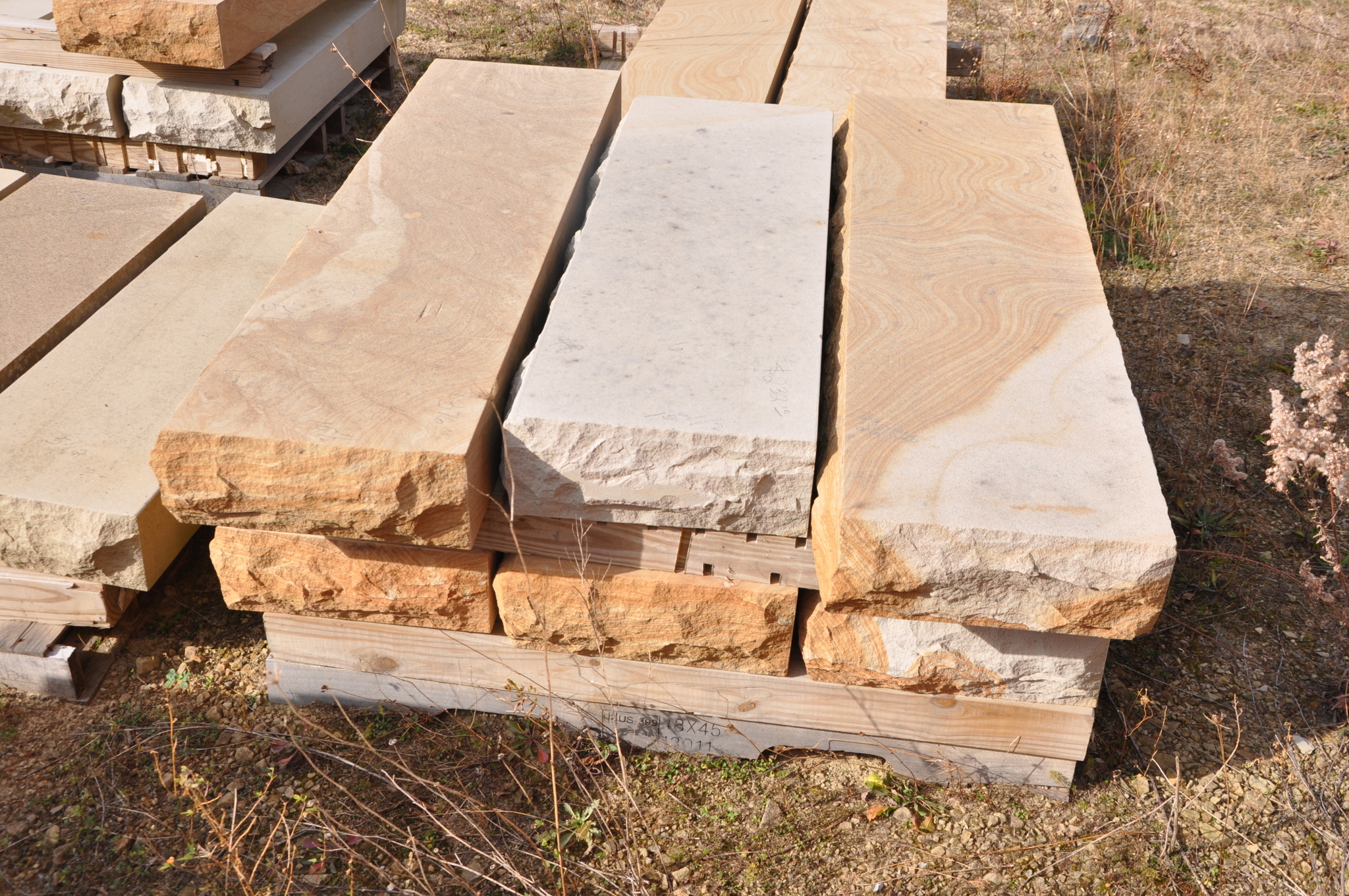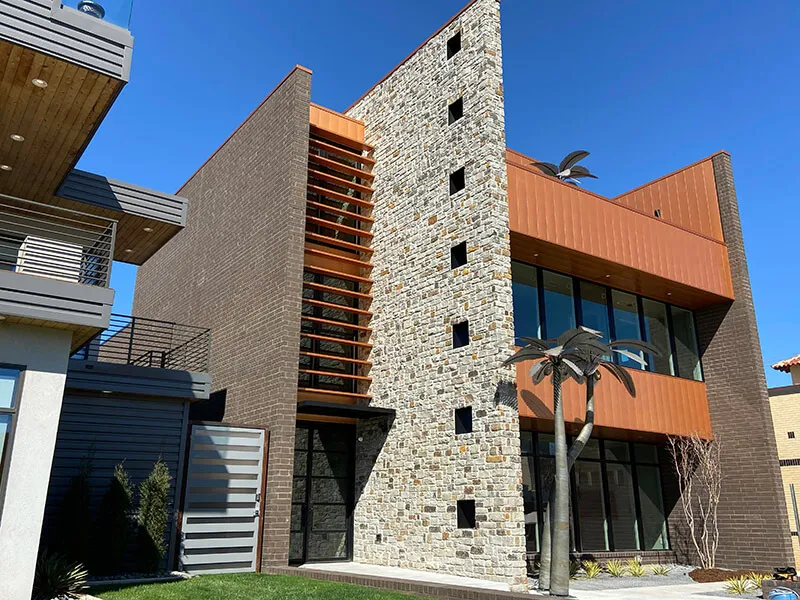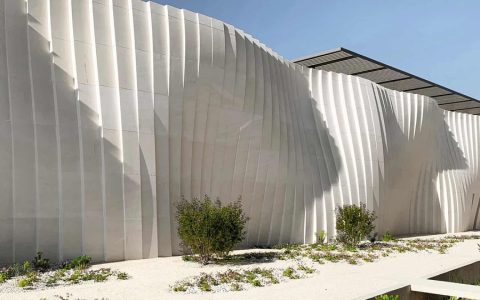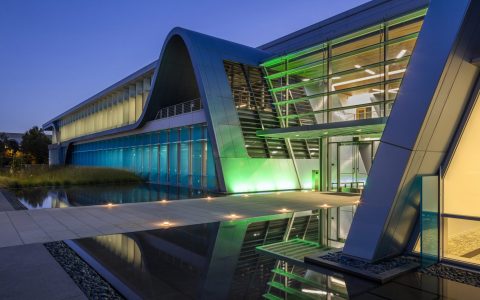The Resurgence of Sandstone in Contemporary Architecture
Sandstone, a classic building material, is experiencing a significant resurgence in modern architecture. Its inherent natural beauty, combined with advancements in quarrying and processing, allows architects to create structures that are both aesthetically pleasing and performatively robust, fitting seamlessly into contemporary design philosophies.
Key Attributes Driving Modern Adoption
Several inherent qualities make sandstone a preferred choice for modern construction projects:
- Aesthetic Versatility: Sandstone offers a rich palette of colours, from warm buffs and reds to cool greys and browns, along with diverse textures. This natural variation ensures unique façade expressions and interior finishes.
- Durability and Longevity: Properly selected and installed sandstone is highly durable, capable of withstanding weathering and maintaining its integrity for decades, even centuries.
- Sustainability: As a natural stone, sandstone is an inherently sustainable material, often sourced locally, reducing transportation emissions. It also possesses good thermal mass, contributing to energy efficiency.
- Workability: Modern technology allows sandstone to be cut, carved, and finished with precision, enabling intricate designs and seamless integration with other materials like glass and steel.
Innovative Applications in Modern Buildings
Contemporary architects are utilizing sandstone in diverse and innovative ways:

Façade Cladding: This remains a primary application, where sandstone panels provide a sophisticated and enduring building skin. Systems range from traditional masonry to modern rainscreen applications, enhancing both appearance and thermal performance.
Interior Elements: Beyond exteriors, sandstone is used for flooring, wall features, and decorative elements, bringing natural warmth and texture indoors. It can be employed in both polished and more rustic finishes depending on the desired aesthetic.
Structural Integration: While less common as a primary structural material in large modern buildings compared to steel or concrete, sandstone can be used for significant load-bearing elements in specific architectural contexts or combined effectively within composite structures.
Advanced Finishing Techniques:
Innovations in stone processing, such as Computer Numerical Control (CNC) milling, waterjet cutting, and various surface treatments (honing, polishing, sandblasting, bush-hammering), allow for a wide range of surface finishes and complex forms. These techniques cater to specific design intents and performance requirements, like slip resistance or enhanced textural effects.

Challenges and Considerations
Despite its numerous advantages, there are important considerations when specifying sandstone for modern projects:
- Cost: High-quality sandstone, including quarrying, processing, and installation, can be more expensive upfront than some manufactured cladding materials, though its longevity and low maintenance can offer better lifecycle value.
- Weight: Being a natural stone, sandstone is heavy. This necessitates careful structural design for the building frame and foundations, potentially increasing costs in those areas.
- Sourcing and Consistency: Ensuring consistent quality, colour, and veining from quarries is crucial, especially for large-scale projects to achieve a uniform appearance. Lead times for specific types of sandstone can also be a factor.
- Maintenance and Sealing: Depending on the type of sandstone (its porosity) and its application (e.g., high-traffic areas, exposure to pollutants), sealing may be required to prevent staining, water ingress, and efflorescence. Regular cleaning might also be necessary.
Sandstone's Enduring Modern Appeal
Modern sandstone buildings successfully merge timeless natural elegance with contemporary design principles and technological advancements. Its adaptability, inherent sustainability, and enduring aesthetic ensure that sandstone will continue to be a valued and sophisticated material for architects seeking to create distinctive, high-quality, and lasting structures in the 21st century.







